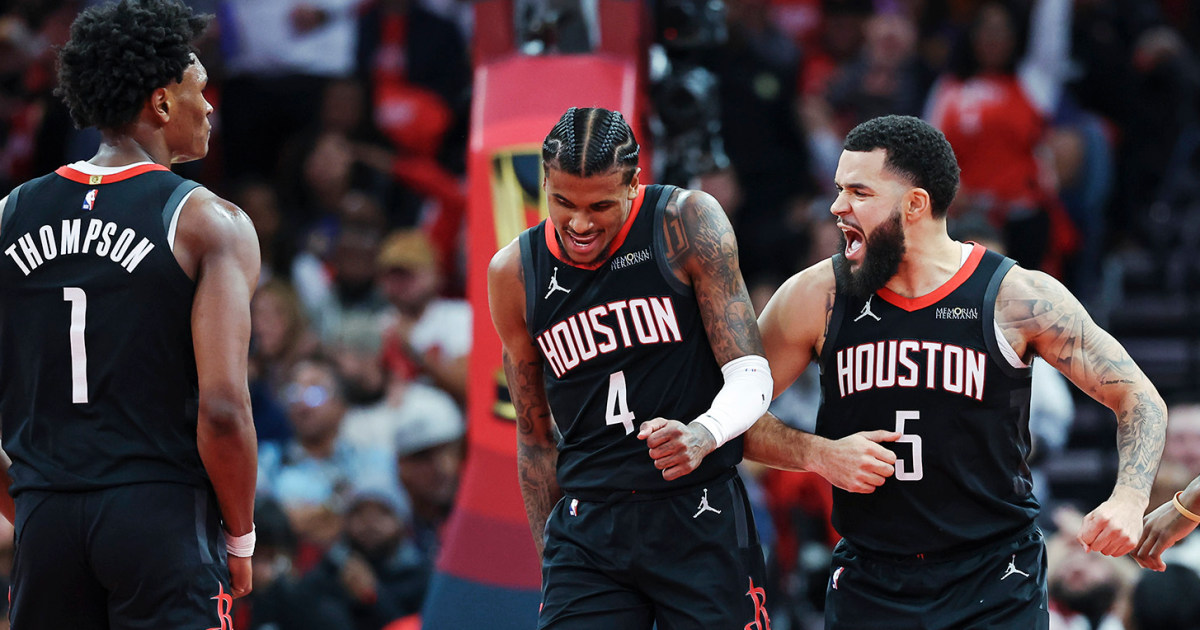Unconventional Tactics: How One NBA Team is Redefining Success
In the world of professional basketball, the pursuit of victory often follows a well-trodden path. Teams invest heavily in analytics, scouting, and player development, adhering to traditional strategies that have long been considered the gold standard of success. However, one NBA team is flipping the script by adopting a ‘junk’ style of play that is reshaping the landscape of the league. This bold approach is not only yielding unprecedented victories but also challenging the conventional wisdom that has dominated basketball for decades.
The Emergence of Junk Basketball
The term “junk basketball” typically refers to a style of play that eschews traditional offensive and defensive strategies in favor of chaotic, unpredictable tactics. This can include unconventional formations, aggressive trapping defenses, and a focus on fast breaks and transition plays. While often viewed as a last resort for teams struggling to compete, one NBA team has embraced these elements to construct a winning formula.
This team, which has recently gained attention for its innovative approach, has found success by prioritizing versatility and adaptability over rigid systems. By leveraging the unique skills of its roster, the team has created a dynamic style that keeps opponents off balance and opens up scoring opportunities in unconventional ways.
Key Features of the ‘Junk’ Style
Several key features characterize this unconventional style of play:
- Defensive Versatility: The team employs a variety of defensive schemes, including full-court presses, zone defenses, and aggressive traps. This unpredictability forces opponents to adjust their game plans on the fly.
- Fast-Paced Offense: By prioritizing quick transitions and fast breaks, the team aims to capitalize on mismatches before the defense can set up. This strategy often leads to high-scoring games and puts pressure on opposing defenses.
- Player Empowerment: The coaching staff encourages players to take risks, make unconventional plays, and showcase their individual talents. This empowerment fosters creativity and self-confidence on the court.
- Analytics-Driven Decisions: While the style may seem chaotic, it is supported by a robust analytics framework that identifies optimal shot selections and defensive matchups. The team uses data to inform its tactical choices, blending traditional analysis with its unique approach.
Impact on Team Dynamics
This shift to a junk style of play has profound implications for team dynamics. Players are required to be more adaptable, which fosters a strong sense of teamwork and camaraderie. Here are a few aspects of how this approach has influenced the team’s culture:
- Increased Engagement: Players are more engaged when they feel their individual skills are valued. The freedom to experiment on the court leads to higher morale and a more cohesive unit.
- Heightened Trust: The reliance on each other’s abilities cultivates trust within the team. Players must communicate effectively and support one another in chaotic situations, leading to better on-court chemistry.
- Defensive Accountability: The junk style demands that all players contribute defensively, regardless of their position. This creates a culture of accountability where everyone is expected to play a role in stopping opponents.
Challenges and Criticisms
While the results have been promising, this unconventional approach is not without its challenges and criticisms. Some analysts argue that a junk style of play may lead to inconsistency, particularly during high-stakes games. Key concerns include:
- Predictability Over Time: Opponents may eventually adapt to the unconventional tactics, leading to diminished effectiveness. Teams must constantly innovate to stay ahead.
- Injury Risk: The fast-paced, high-pressure nature of junk basketball can increase the risk of injuries. Players pushing their limits in chaotic situations may lead to physical strain.
- Long-Term Sustainability: Critics question whether this style can be sustained over an entire season, especially as teams face tougher competition in the playoffs.
Broader Implications for the NBA
The success of this NBA team’s unconventional tactics could have broader implications for the league as a whole. As teams increasingly turn to analytics and embrace new styles of play, the traditional basketball landscape may evolve significantly. Here are some potential outcomes:
- Shift in Coaching Philosophy: If this junk style continues to yield success, other teams may adopt similar approaches, leading to a renaissance of creative strategies in the NBA.
- Market for Versatile Players: The demand for versatile players who can thrive in unconventional systems may increase. Teams could prioritize player development focused on adaptability and creativity.
- Fan Engagement: Unpredictable, high-scoring games are often more entertaining for fans. This shift could lead to increased viewership and fan engagement, as audiences are drawn to the excitement of non-traditional play.
Conclusion: A New Era of Basketball?
The embrace of junk basketball by this NBA team marks a pivotal moment in the evolution of the sport. By challenging conventional wisdom and prioritizing creativity, adaptability, and teamwork, they have not only achieved success but also sparked a conversation about the future of basketball strategy.
As the season progresses, it will be fascinating to see how this team’s approach influences others across the league. Will we witness a wave of teams adopting similar tactics, or will traditional strategies remain dominant? Whatever the outcome, it is clear that the landscape of the NBA is shifting, and the definition of success is being redefined. In a league where innovation is key, the willingness to take risks and experiment may just be the winning formula for the future.
See more Sky News Portal



